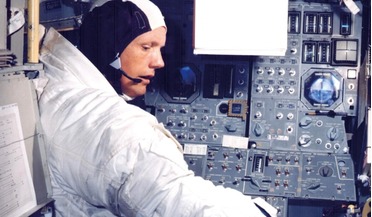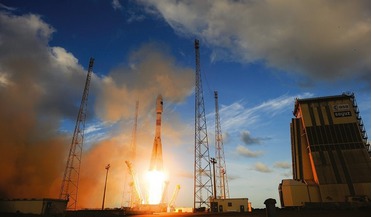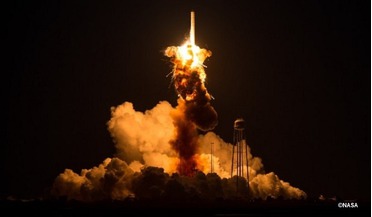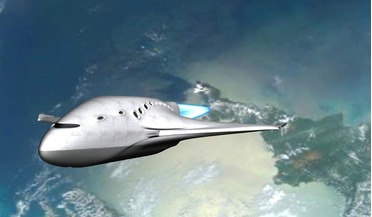 July 2019
A reluctant American hero
July 2019
A reluctant American hero
... jets off the USS Essex carrier for the US Navy during the Korean War in 1951-1952, to piloting the X15 at Mach 5.74 to a height...1969. Within 20 years, the USSR had collapsed and the Cold War with the west was over, with the Soviet system unable ...
 July 2014
Why become a cosmonaut? To preserve knowledge
July 2014
Why become a cosmonaut? To preserve knowledge
... desire to expand the boundaries of knowledge. It is true that the space race became one of the symbols of the Cold War. And yet, it was not simply because of competition between the superpowers that space became an area for...
 July 2014
A revitalised space sector reduces costs and makes space data more accessible
July 2014
A revitalised space sector reduces costs and makes space data more accessible
..., resonated with the explorer in us all. But the primary impetus for the exploration of space was the Cold War rivalry of the USA and the USSR. The ensuing ‘race for the Moon’ was a staggering feat...
 December 2014
From the green economy to green space
December 2014
From the green economy to green space
... load, 90 per cent is fuel (often it’s a highly toxic unsymmetrical dimethyl hydrazine – heptyl – left over from the Cold War), and the other seven to nine per cent is construction fragments that after start and separation fly...
 June 2015
Re-usable rockets: a new breakthrough for suborbital research
June 2015
Re-usable rockets: a new breakthrough for suborbital research
... ago, suborbital research was limited to occasional, expensive rocket and balloon launches, largely using expensive Cold War technologies. Today, thanks to dedicated efforts by next generation reusable suborbital rocket firms like Virgin Galactic...
 February 2016
The Benefits of a British Spaceport
February 2016
The Benefits of a British Spaceport
... and it boasts other impressive credentials too. It was once a dispersal airfield for Vulcan bombers during the Cold War and is near an active Danger Area (D201) operated and managed by Defence and Space Company QinetiQ. From...